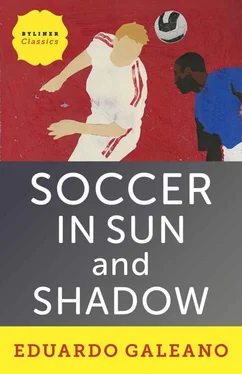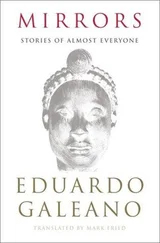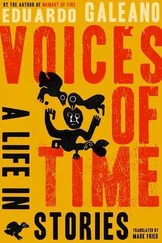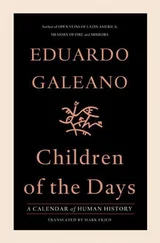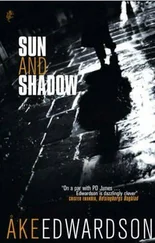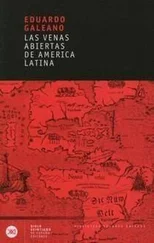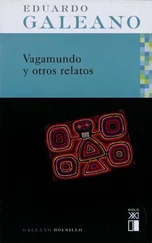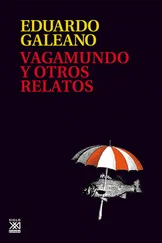The goalkeeper protected a square redoubt narrower than today’s and much taller. It consisted of two posts joined by a belt five and a half meters off the ground. The belt was replaced by a wooden crossbar in 1875. Goals were literally scored on the posts with a small notch. Today goals are registered on electronic scoreboards but the expression “to score a goal” has stuck. In some countries we call the goalmouth the arco and the one who defends it the arquero , even though it’s all right angles and not an arch at all, perhaps because students at English colleges used courtyard arches for goals.
In 1872 the referee made his appearance. Until then, the players were their own judges, and they themselves sanctioned any fouls committed. In 1880, chronometer in hand, the referee decided when the match was over and when anyone should be sent off, though he still ran things by shouting from the sidelines. In 1891 the referee stepped onto the playing field for the first time, blowing a whistle to call the first penalty kick in history and walking twelve paces to indicate the spot where it was to be taken. For some time the British press had been campaigning in favor of penalties because the players needed some protection in front of the goal, which was the scene of incredible butchery. A hair-raising list of players killed and bones broken had been published in the Westminster Gazette .
In 1882 English authorities allowed the throw-in. Eight years later the areas of the field were marked with lime and a circle was drawn at the center. That same year the goal gained a net to trap the ball and erase any doubts as to whether a goal had been scored.
After that the century died, and with it the British monopoly. In 1904 FIFA was born, the Fédération Internationale de Football Association, which has governed relations between ball and foot throughout the world ever since. Through all the world championships, few changes have been made to the British rules that first organized the sport.
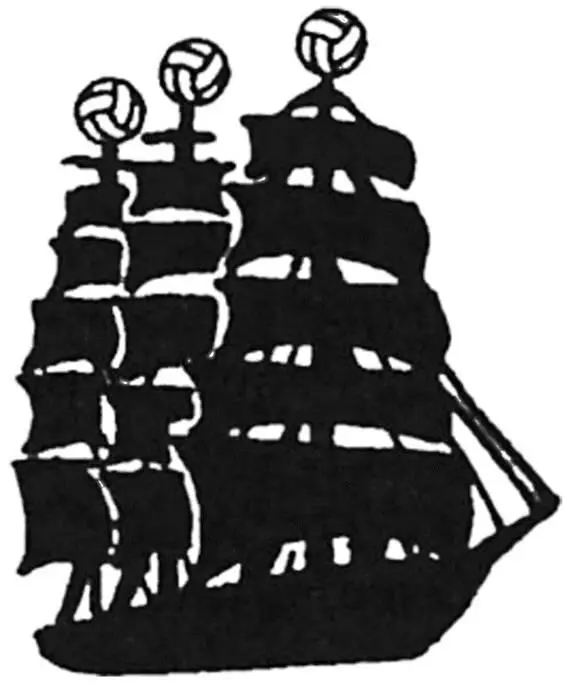
Outside a madhouse, in an empty lot in Buenos Aires, several blond boys were kicking a ball around.
“Who are they?” asked a child.
“Crazy people,” answered his father. “Crazy English.”
Journalist Juan José de Soiza Reilly remembers this from his childhood. At first, soccer seemed like a crazy man’s game in the River Plate. But as the Empire expanded, soccer became an export as typically British as Manchester cloth, railroads, loans from Barings, or the doctrine of free trade. It arrived on the feet of sailors who played by the dikes of Buenos Aires and Montevideo, while Her Majesty’s ships unloaded blankets, boots, and flour, and took on wool, hides, and wheat to make more blankets, boots, and flour on the other side of the world. English citizens — diplomats and managers of railroad and gas companies — formed the first local teams. The English of Montevideo and Buenos Aires staged Uruguay’s first international competition in 1889, under a gigantic portrait of Queen Victoria, her eyes lowered in a mask of disdain. Another portrait of the queen of the seas watched over the first Brazilian soccer match in 1895, played between the British subjects of the Gas Company and the São Paulo Railway.
Old photographs show these pioneers in sepia tones. They were warriors trained for battle. Cotton and wool armor covered their entire bodies so as not to offend the ladies in attendance, who unfurled silk parasols and waved lace handkerchiefs. The only flesh the players exposed were their serious faces peering out from behind wax-twirled mustaches below caps or hats. Their feet were shod with heavy Mansfield shoes.
It did not take long for the contagion to spread. Sooner rather than later, the native-born gentlemen of local society started playing that crazy English game. From London they imported the shirts, shoes, thick ankle socks, and pants that reached from the chest to below the knee. Balls no longer confounded customs officers, who at first had not known how to classify the species. Ships also brought rulebooks to these far-off coasts of southern America, and with them came words that remained for many years to come: field, score, goal, goalkeeper, back, half, forward, out ball, penalty, offside. A “foul” merited punishment by the “referee,” but the aggrieved player could accept an apology from the guilty party “as long as his apology was sincere and was expressed in proper English,” according to the first soccer rulebook that circulated in the River Plate.
Meanwhile, other English words were being incorporated into the speech of Latin American countries in the Caribbean: “pitcher,” “catcher,” “innings.” Having fallen under U.S. influence, these countries learned to hit a ball with a round wooden bat. The Marines shouldered bats next to their rifles when they imposed imperial order on the region by blood and by fire. Baseball became for the people of the Caribbean what soccer is for us.
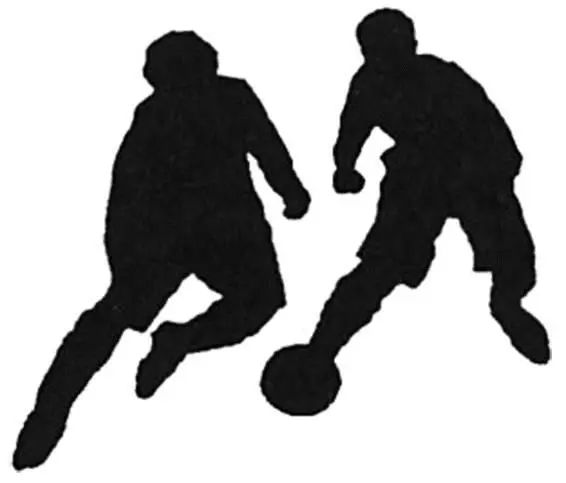
The Argentine Football Association did not allow Spanish to be spoken at the meetings of its directors, and the Uruguay Association Football League outlawed Sunday matches because it was British custom to play on Saturday. But by the first years of the twentieth century, soccer was becoming a popular and local phenomenon on the shores of the River Plate. This sport, first imported to entertain the idle offspring of the well-to-do, had escaped its high window box, come to earth, and was setting down roots.
The process was unstoppable. Like the tango, soccer blossomed in the slums. It required no money and could be played with nothing more than sheer desire. In fields, in alleys, and on beaches, native-born kids and young immigrants played pickup using balls made of old socks filled with rags or paper and a couple of stones for a goal. Thanks to the language of soccer, which soon became universal, workers driven out of the countryside could communicate perfectly well with workers driven out of Europe. The Esperanto of the ball connected the native-born poor with peons who had crossed the sea from Vigo, Lisbon, Naples, Beirut, or Bessarabia with their dreams of building America — making a new world by laying bricks, carrying loads, baking bread, or sweeping streets. Soccer had made a lovely voyage: first organized in the colleges and universities of England, it brought joy to the lives of South Americans who had never set foot in a school.
On the playing fields of Buenos Aires and Montevideo, a style came into being. A homegrown way of playing soccer, like the homegrown way of dancing being invented in the milonga clubs. Dancers drew filigrees on a single floor tile and soccer players created their own language in the tiny space where they chose to retain and possess the ball rather than kick it, as if their feet were hands braiding the leather. On the feet of the first Creole virtuosos, el toque , the touch, was born: the ball was strummed as if it were a guitar, a source of music.
At the same time, soccer was being tropicalized in Rio de Janeiro and São Paulo by the poor who enriched it while they appropriated it. No longer the possession of the few comfortable youth who played by copying, this foreign sport became Brazilian, fertilized by the creative energies of the people discovering it. And thus was born the most beautiful soccer in the world, made of hip feints, undulations of the torso, and legs in flight, all of which came from capoeira , the warrior dance of black slaves, and from the joyful dance steps of the big-city slums.
Читать дальше
